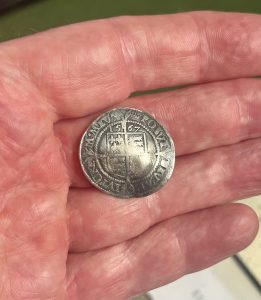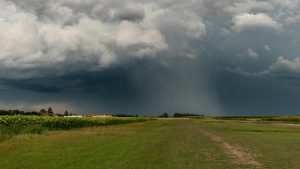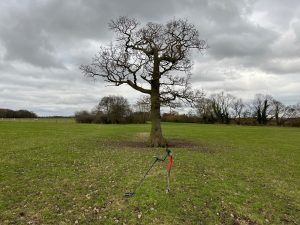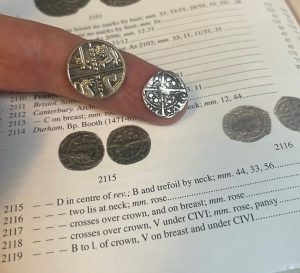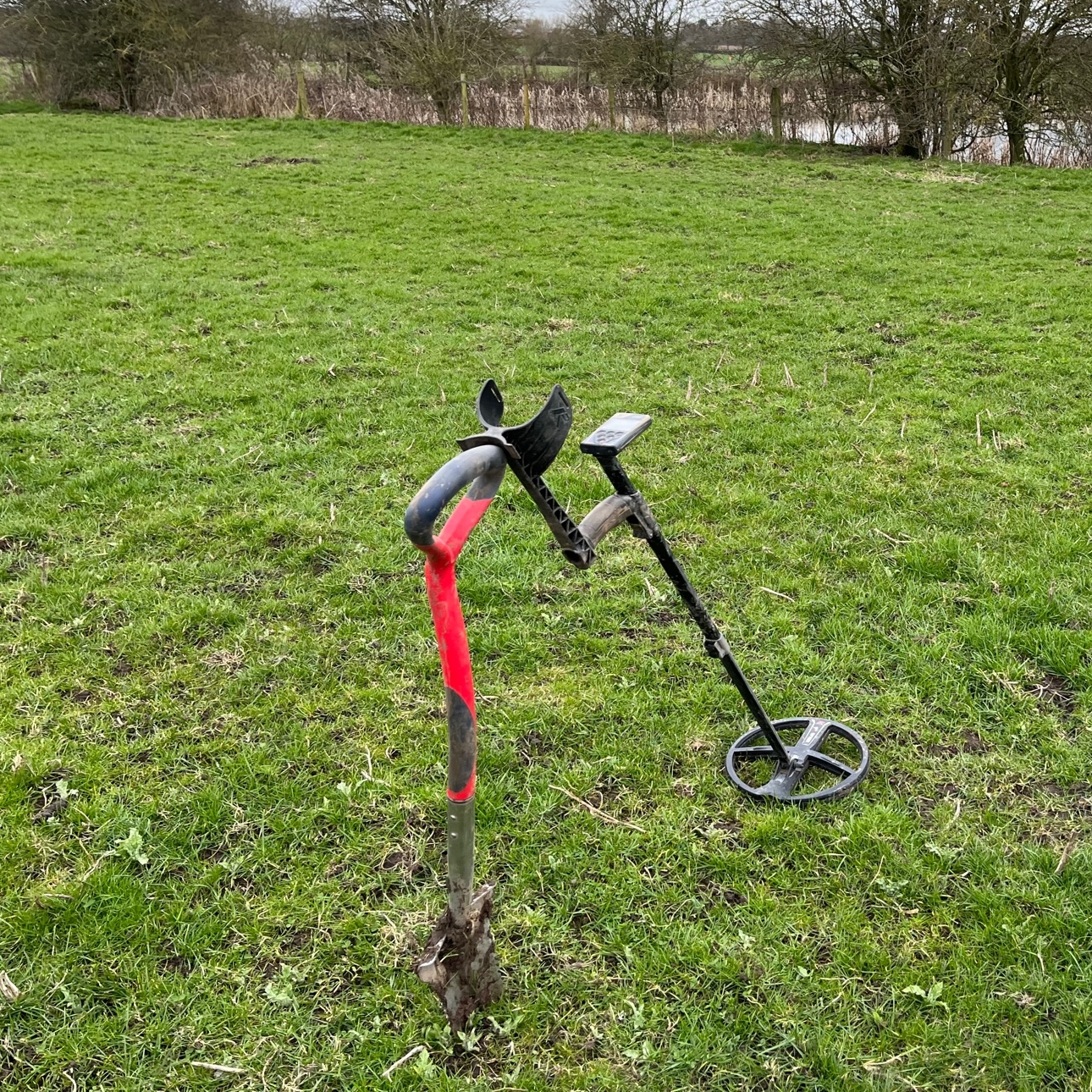
“How to find the best places to go metal detecting” is a very different to “Where can you go metal detecting?” or “How do I get permission to go metal detecting?” I will cover those elsewhere.
This is about how to pick the best spots to go metal detecting, you still need permission from the landowner so you can use these ideas to research and find good land to go metal detecting on, and then ask permission, or if you already have a permission then this will hopefully help you to pinpoint the best areas to detect on there.
I am based in England so my advice is based on land in this country and the resources that you can use to read the land and work out where are the best spots to go metal detecting on.
Lets start with how I go about finding the best metal detecting places near me. I am fortunate enough to have many hundreds of acres of land for me to go metal detecting on, but when I first started, like everyone else, I had nowhere to go to detect. So knowing what I know now, if I was starting from scratch this is how I would do it.
I would be looking locally, at places not far from home, that way in the summer months, when it is lighter in the evenings, I can just pop out for a few hours whenever I feel like it, so all of my metal detecting permissions are between 10 and 30 minutes drive from my home. Of course if you live in a built up city, you might have no option but to drive further than I do.
Start with looking at an old map of the area that you live in. I use the NLS (National Library of Scotland) Side by Side maps online. Just Google ‘side by side maps’ and you should find it. The maps cover the entire UK, not just Scotland. When you go to the website old maps are on the left and a modern satellite view is on the right. In the left side window there is a magnifying glass in the top left corner click this and in the window that pops up type the name of where you live. In the bottom left of the left hand side is a layers button, this gives you a list of different maps to view. For our purposes only three of these are of interest, OS 25 inch, OS 6 inch and OS 1 inch 1885-1900 Outline. The 1 inch gives a nice overall view showing the names of villages and towns and shows the most interesting buildings such as churches and old halls, and castles.
All you are going to do is drag the left hand screen around to view your local area, looking out for areas and buildings of interest. You might also want to to some very light research on these buildings as you spot them, you are just trying to see if you can find out when they were built, and therefore how long they have been standing there.
For example, one of my permissions was found just this way. I was dragging the left hand screen around looking at farmland surrounding the area that I live and I spotted an old moat alongside a farmhouse. Because the moat was marked on the map as an ancient structure I knew that it had to be old, so I spent a few minuted googling it and as I suspected it dates back to medieval times, 12th Century maybe older. The moat originally surrounded a medieval manor house now long gone.
I then noticed a church marked on the map just on the opposite side of a field next to the moated site, so I googled the church. The earliest mention I could find was from the late 1500’s when the church here was in a very ruinous condition and required rebuilding. So if it was ruinous in the late 1500’s then it must have been built well before then, at least in 1300’s if not earlier.
So now I had two very old structures on either side of a field, surely people from the manor house attended church and simply walked across the field to get to it? Then on another map, there it was, an old path crossing the field.
This was now my target permission. Next I started to looking at the layout of other nearby fields looking for more paths and interesting features. It was obvious which farm these fields belonged to, because the farm had taken the name of the old manor house. I then used my usual method to try to get permission to detect on this particular farm (more about that to come in a later article), it worked and I was now detecting on this ancient farmland. So far, from that field between the Manor House and the Church I have found six hammered silver coins.

So explore your immediate area on the side by side maps, looking for old buildings and other historical features and look to see if there are any links between them. The right hand screen is a current satellite view of the same area, so as you zoom in you can see what is there now. Sometimes you won’t see obvious links between two points but you will see footpaths. Start asking yourself why there is a footpath there. It probably had a purpose at one time, paths go from one place to another, but why?
Now when you are out in a particular field look out for these footpaths and detect along them, somebody must have dropped something along there at some point, you just need to try to find it. Depending on how long that path has existed you might find a silver hammered penny or just a 2p coin from 30 years ago.
When you are in a field also try to imagine the scene a hundred years ago, and then maybe 600 years ago. A large field might have once been lots of smaller fields and on older maps you can sometimes see this. Fields might have had small long gone houses in them. A plain looking field might once have been the site of an ancient medieval village. Are there any really old trees on the edge of a field? Could somebody once have sheltered there from the rain. If you were a worker in that field where might you have stopped for your lunch break, or snagged a button on a particularly old thorny hedge.
That land that you are standing on has been there forever, in various forms and for different uses. A Roman road might have had villas just off it, or places where the road builders stopped for a break, or a place where they were paid. Might a civil war skirmish have taken place on that field? Did a fleeing highwayman on horseback lose a few of his coins? Did a spinner lose their spindle whorl, or a medieval landowner lose his treasured ring or his hawking whistle? So much has gone on in that field over the centuries and by carefully searching, you might be the first person to touch that item in 2000 years.
So get out there and find it! Good Luck!
